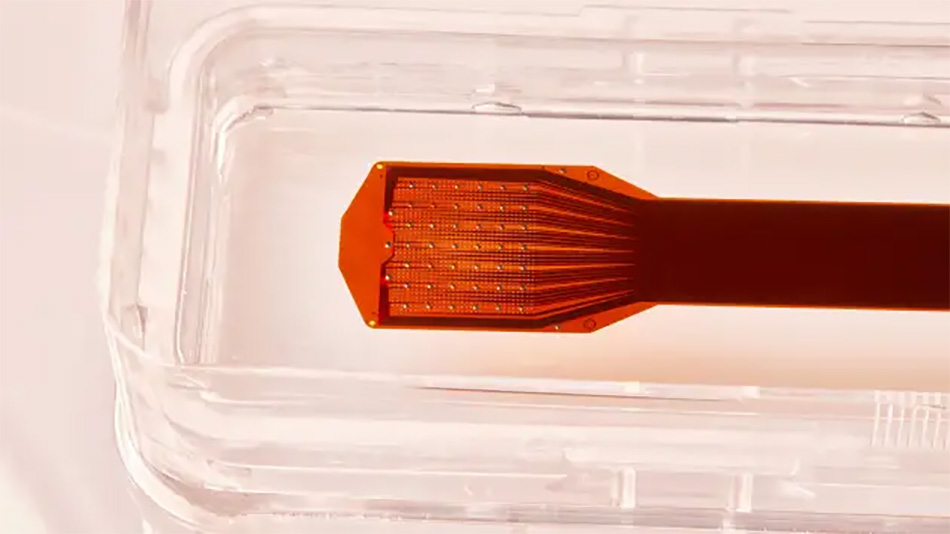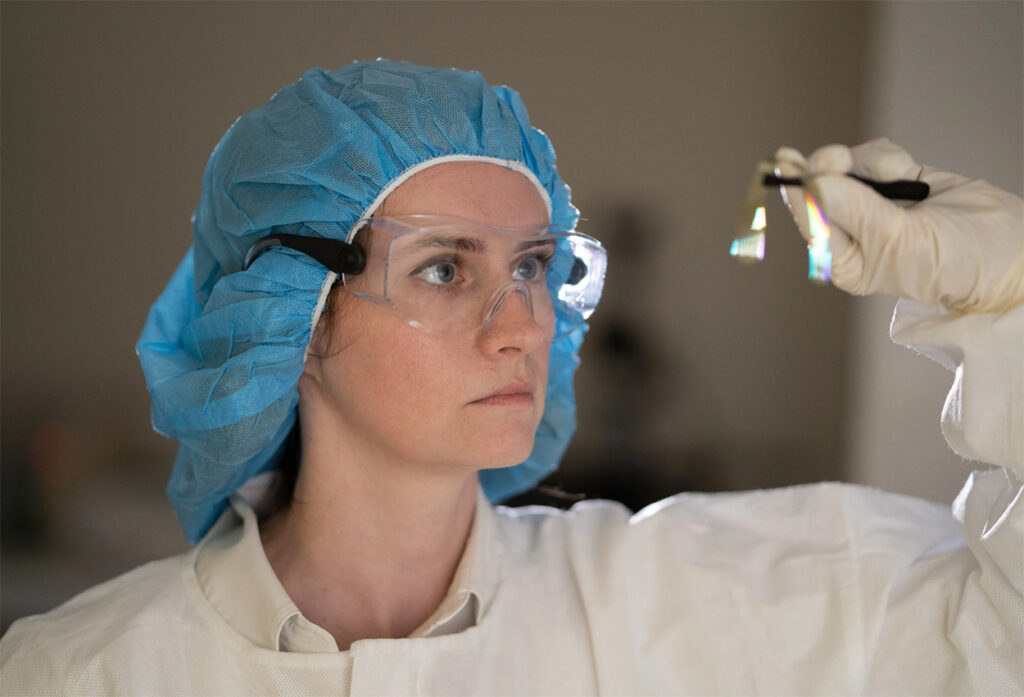New Startup Starts First-In-Human Trial for Neural Implant System

Several companies are conducting tests on connecting people’s brains to computers, including Neuralink by Elon Musk. Many are in their clinical testing stage. One startup, Precision Neuroscience, based in New York, recently tested its neural implant system. In April and May, surgeons at West Virginia University placed thin, thumbnail-sized strips that looked like cellophane on the brains of three patients. The material, created by Precision Neuroscience, was designed to follow the contour of the brain’s surface, making it easier to implant without damaging the brain’s delicate tissue.
Start of in-human trial
Precision Neuroscience announced the completion of the first-in-human procedure for their pilot clinical study a few days ago.
The company will study its brain-computer interface, Layer 7 Cortical Interface. They designed Layer 7 using 1,024 tiny electrodes on a one-square-centimeter surface. The base is a flexible film that is one-fifth the thickness of human hair. They engineered the thin film microelectrode array to conform to the brain’s cortex without tissue damage. With their minimally invasive insertion method, Precision Neuroscience said they could deliver thousands of channels anywhere on the surface of the brain. Their surgical method uses a micro-slit technique with a precise oscillating blade that produces a 400-micron-wide incision in the skull, roughly the size of four human hairs. The surgeons can insert the arrays through this micro-slit.
Using thin film technology
Precision Neuroscience developed the device using thin film technology to map a large area of the brain at higher resolutions than other neurosurgical procedures. Each microelectrode array has 1,024 electrodes. The electrodes range in diameter from 50 to 380 microns. They also developed a customized hardware interface to connect the array.
They designed the study to map and record the brain’s activity in unheard-of detail. Precision Neuroscience and the Rockefeller Neuroscience Institute of West Virginia University are collaborators in the study. They say their work marks a prime step towards restoring function to patients with neurological disorders and illnesses. Their recent press release states that they expect to complete their FDA application for their Layer 7 device. They want the device to get clearance for use in diagnostic electrophysiology mapping procedures in 30 days.

Overview of the study
During their first study, a patient undergoing brain tumor resection received a Layer 7 temporarily. Neurosurgeons deployed the implant for a part of the surgery, and they read, recorded, and mapped the brain surface’s electrical activity. They completed the first procedure in mid-April. Since then, two more patients had the same procedures, where the patients need the removal of tumors on the region responsible for language.
First neural implant study
In the first brain implant study on humans, the collaborators plan to have five patients in the first phase. Moreover, they expect other major medical centers to conduct similar studies soon. These medical centers include Massachusetts General Hospital (Boston), Penn Medicine (Philadelphia), and Mount Sinai Health System (New York).
Brain researchers have used devices like microelectrode arrays for several years, but the technology behind them is already outdated. Precision Neuroscience is developing a modern alternative that will increase the magnitude of the device but also make its application less invasive. Even with MRI or EEG, these devices are insufficient to help doctors understand the brain. Layer 7 removes the previous problems encountered in monitoring brain activity. The device can make surgeons make the proper diagnosis and conduct the right procedure, then determine the therapy the patient needs.